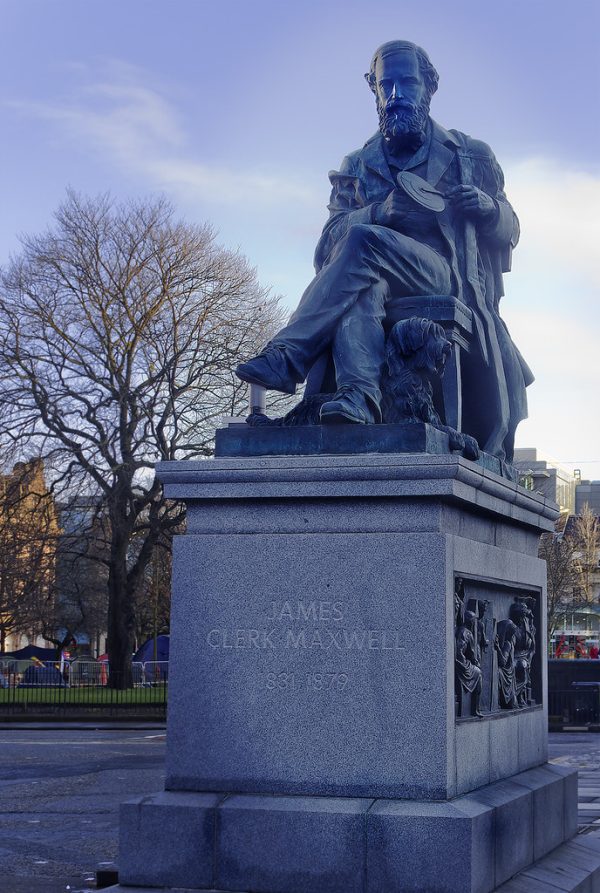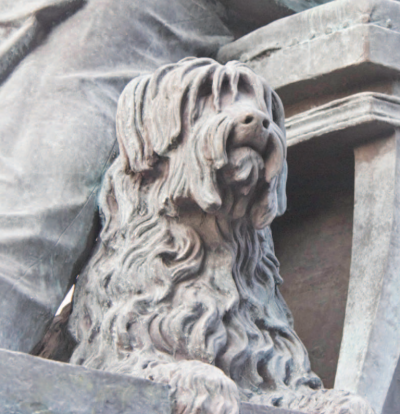
Complete this sentence: The three most important physicists of all time are Sir Isaac Newton, Albert Einstein, and ________.
Pity James Clerk Maxwell. Most people are probably unable to complete the sentence accurately, and when James Maxwell died, he received no public honors, and was buried quietly in a small churchyard in the village of Parton, Scotland. Perhaps it is enough that Einstein himself described Maxwell’s work as “the most profound and the most fruitful that physics has experienced since the time of Newton.” Indeed, without Maxwell’s scientific results, Einstein may not have come up with his theory of relativity.
James Maxwell, a Scottish mathematician, is regarded by most physicists as the 19th-century scientist having the greatest influence on 20th-century physics. He changed the way we understand light, and produced the first theory to describe electricity, magnetism and light as different manifestations of the same phenomenon. He made groundbreaking discoveries around gas velocity and electromagnetism, and his work on how color vision works lead to his essentially inventing color photography. He created structural engineering calculations for bridge maintenance, and, as astrophysicist, Paul Sutter, wrote in an article for Space.com, Maxwell was “…only the scientist responsible for explaining the forces behind the radio in your car, the magnets on your fridge, the heat of a warm summer day and the charge on a battery.”
It took years for his peers, let alone average people, to realize how right James Maxwell was about so many things. In 1859 when he was still in his 20s, Maxwell wrote a prizewinning essay on Saturn’s rings in which he concluded that the rings consisted of masses of matter not mutually coherent. His conclusion was corroborated more than 100 years later by the first Voyager space probe to reach Saturn.
 his biographer, Lewis Campbell, who got a sense of the child from “Meg,” a servant in the Maxwell household. Maxwell loved animals, and was said to have a special knack in working with them. Indeed, it’s said he would look into the eyes of dogs using a homemade ophthalmoscope to explore what caused color blindness.
his biographer, Lewis Campbell, who got a sense of the child from “Meg,” a servant in the Maxwell household. Maxwell loved animals, and was said to have a special knack in working with them. Indeed, it’s said he would look into the eyes of dogs using a homemade ophthalmoscope to explore what caused color blindness.Maxwell may have been laid rest without fanfare, but today at the east end of George Street in Edinburgh, Scotland sits a magnificent statue of the scientist and his dog. Sculpted by Alexander Stoddart, Her Majesty’s Sculptor in Ordinary in Scotland, the piece was was unveiled in 2008. One source writes that an Irish Terrier was used as a model, but the sculpted dog has no resemblance to an Irish Terrier. There is one breed, however, that the dog resembles, and the fact that Maxwell was Scottish, and that his dog was described as, “a terrier of the mustard kind” leads us to strongly suspect that the dog was a Dandie Dinmont Terrier.
A wonderful article about James Maxwell mentions that from the perspective of children, the monument without the dog is just some large statue of an old guy. Children are drawn to the dog.
Us, too.
Image: “Statue of James Clerk Maxwell, George Street, Edinburgh” by dun_deagh is licensed under CC BY-SA 2.0.
